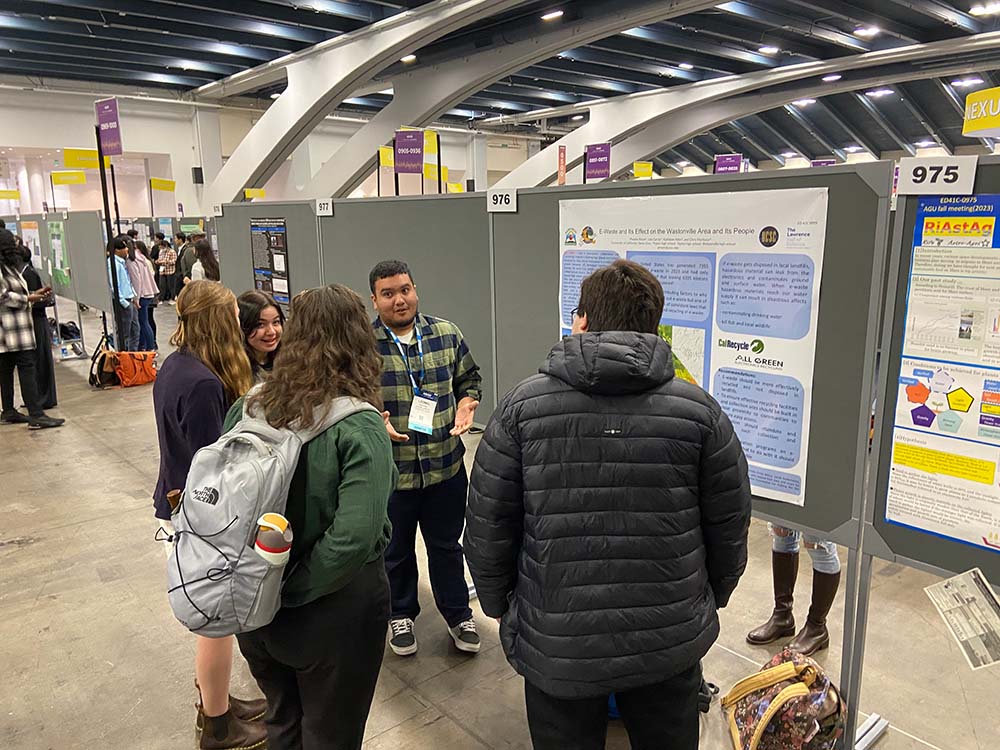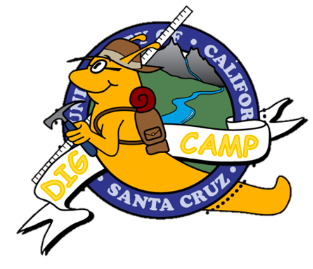Model How-to Guide

DIG CAMP is designed to increase the data literacy of high school students by allowing them to explore data rich locally relevant case studies. The program includes visits and interactions with local community partners within (research labs or extension programs) and outside the university (private and public facilities). In designing the project, the university partner and educators should work together to identify potential local community partners. Build on existing relations you and your colleagues have investigated, consider what is available in your area. Prepare an extensive list of possibilities—think broadly, including private companies, startups, other research facilities in the region, museums, and aquariums, as well as facilities such as water treatment plants, recycling centers, city health departments, and more. Try to assess what could interest students in your area. Contact potential partners, meet with them, introduce the program, be clear about the commitment, and offer compensation if possible. Associate each partner with a specific data set relevant to their mission (see data resources section). Some examples from the UCSC/PVUSD program can be found here to provide inspiration on the diversity of possibilities.

